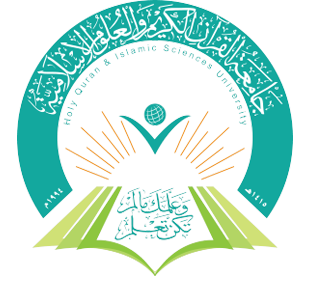Ibn Jareer al-Tabari's objection to Quranic readings with evidence of consistency through his interpretation in Jami' al-Bayan -Descriptive study
DOI:
https://doi.org/10.61821/v19i2.0174Keywords:
Argumentation, Ibn Jarir al-Tabari, Quranic recitations, Evidence of coherenceAbstract
This research aims to explore the concept of coherence evidence, its meaning, impact, and significance in the field of Quranic recitation guidance. Scholars of jurisprudence have extensively explained and utilized coherence evidence in their legal reasoning, while many Quranic interpreters and scholars of recitation, such as Ibn Jarir al-Tabari in his exegesis "Jami' al-Bayan," have employed it linguistically. The researcher will employ a descriptive and inductive methodology to elucidate Ibn Jarir al-Tabari's approach to guiding Quranic recitations using coherence evidence and justifying it. The study will highlight the importance of this evidence in evaluating the statements of recitation scholars and interpreters. The researcher found that some scholars of Quranic interpretation and Quranic sciences, like Al-Zarkashi and Al-Suyuti, have pointed to coherence evidence and some of its forms and types, without providing a clear definition. Ibn Jarir extensively used coherence evidence in its verbal sense to support recitations, favoring certain meanings over others. Some prominent forms of coherence the researcher identified include argumentation based on cause and effect, verbal or conceptual contradictions. Consequently, the recommendation is made to develop a terminological definition of coherence among Quranic interpreters and recitation scholars, standardize and establish it, study its forms and types among jurists, apply them in the field of interpretation in general and recitations in particular, and analyze interpretations in various areas such as linguistic, moral, and doctrinal arguments as elucidated by the Quranic text.
Downloads

Downloads
Published
Issue
Section
License
Copyright (c) 2024 Journal of the University of Holy Quran and Islamic Sciences

This work is licensed under a Creative Commons Attribution 4.0 International License.
©This article is an open access article distributed under the terms and conditions of the Creative Commons Attribution (CC BY) license



